#5758
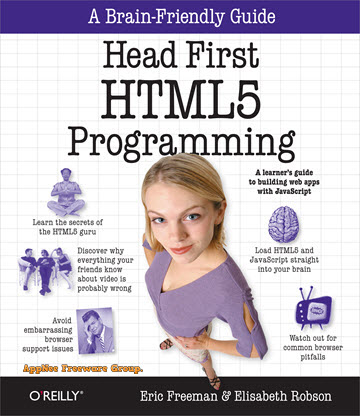
HTML5 has already won the Web standards war and been supported by all web browsers. If you want to create a website or web application that is dynamic, interactive, data-rich and interconnected, then you need to use the latest HTML5 technologies to do it, such as geolocation, video, 2D rendering, Web storage, Web worker threads, etc. Head First HTML5 Programming is a definitive guide to HTML5, front-end developers from beginners to experienced veterans can benefit from it.
Loading...
Loading...
Loading...
Loading...
#5724
JavaScript used to be just a scripting language running in the browser's sandbox environment. Since the release of Node.js in 2009, JavaScript has show extraordinary talents on the server side, the Internet of Things, mobile native application development, and even desktop application development. In the past, to develop desktop applications, we need to learn the exclusive programming languages and development frameworks for different platforms, which not only costs a lot, but also takes a lot of time to make a desktop application that supports and is compatible with multiple OS platforms, and basically needs to be implemented by different teams for different platforms.

Loading...
Loading...
Loading...
Loading...
#5669

When we make decisions in life, we tend to think that we are making wise, rational choices. But this is often not the case. On the contrary, irrationality is the instinct of human beings, and it is the recessive power that truly dominates human behaviors and decision-makings. However, these irrational behaviors are neither random nor meaningless. Instead, they are systematic, predictable and controllable.
Loading...
Loading...
#5658
The Art of War (AKA: 孫子兵法) is the existing earliest military book (a book on the art of war) in China, also the earliest military work in the world. It was written by Sun Tzu (Sun Wu, 孫武) in the 5th century BC (has more than 2500 years of history), whose time is earlier than Carl von Clausewitz's On War about 2300 years, and is known as the "sacred book of war" and "the first ancient book on war". It is the concentrated embodiment of the essence of Chinese ancient military thought, and played an extremely important guiding role in Chinese ancient military art and war practice.

Loading...
Loading...
#5643
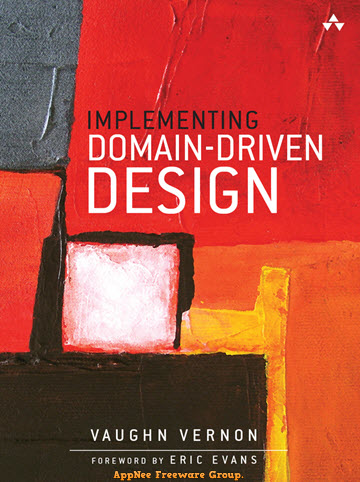
Domain-Driven Design (DDD) teaches us how to make good software, but it also teaches us how to use the object-oriented technology. Good software should be based on domain-driven design. However, it is difficult to adopt DDD in the software development process. Even experienced developers will have a hard time finding the right way to implement DDD. In other words, DDD gives us a whole new perspective on designing software, but it also leaves developers with a big puzzle: How do you put domain-driven design into practice?
Loading...
Loading...
Loading...
#5642
As we know, the production process of software is: analysis, design, programming, testing, and deployment. In the past, the analysis and design of software were separated. As a result, the results of software requirement analysis cannot be directly designed and programmed, while the code that can be programmed and run distorts the requirements, causing customers to find that many functions are not what they want only after running the software, and the software cannot quickly follow the changes of requirements.
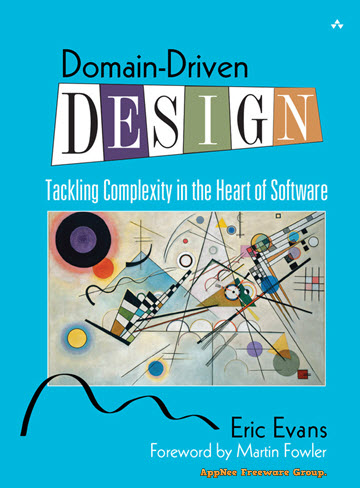
Loading...
Loading...
Loading...
#5640
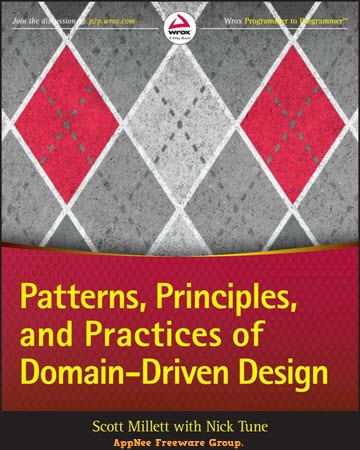
Domain-driven design (DDD) is the process of keeping your code aligned with the problem domain. As your product evolves, adding new features will be more difficult than it was during the brand-new phase of development. With a better understanding of the problem domain and collaboration with the business, developers are more likely to build software that is easier to read and easier to adapt to future functional extensions.
Loading...
Loading...
Loading...
#5639
There are two classic books in the Domain-Driven Design (DDD) field, they are Eric Evans's Domain-Driven Design and Jimmy Nilsson's Applying Domain-Driven Design and Patterns. The latter is also regarded as a practical exercise for the essence of Domain-Driven Design and Martin Fowler's Patterns of Enterprise Application Architecture. In short, it is a must-read book for .NET developers that takes readers on a practical, erudite journey into the world of domain-driven design.
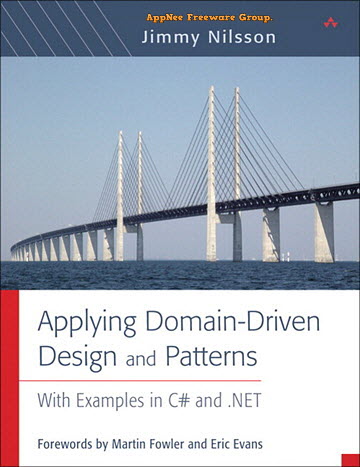
Loading...
Loading...
Loading...
#5638
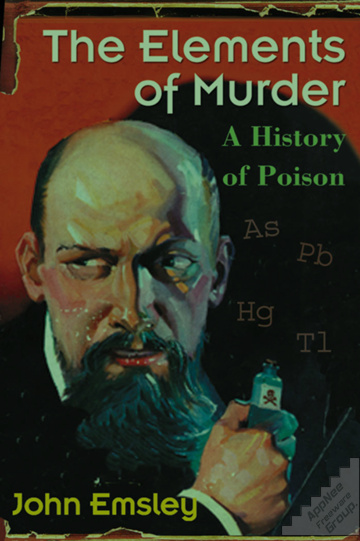
In the process of understanding the world, human beings have discovered many toxic elements, such as mercury, arsenic, lead, thallium and antimony. Their use has driven the progress of our civilization, but on the other hand, they are also harmful to our health. Exposure to toxic elements is a process that human beings have to go through to understand and change the world. And this process bears witness to human courage, intelligence and irrepressible curiosity.
Loading...
Loading...
Loading...
#5637
CSS in Depth is a complete and clear guide, a CSS bible to keep up with the times, which will take you from novice to expert in the CSS field. The purpose of this book is to give the reader an in-depth understanding of the CSS language and a quick understanding of the new developments and features of CSS. Not only does the book have a well-explained concept introduction, but it also has detailed step-by-step examples that will help you improve your Web development skills and inspire your design so as to become a true Web development superior.
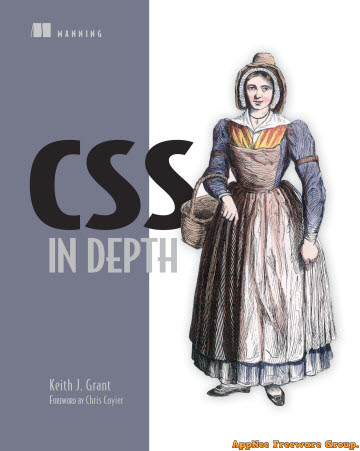
